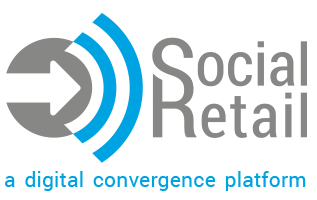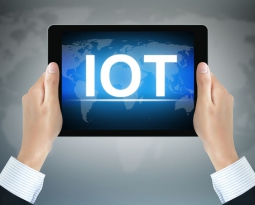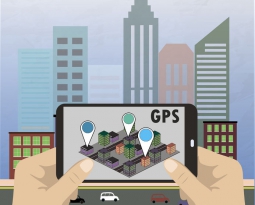A new software product from Google opens up entire new levels of capability and functionality for BLE beacons. While we have written extensively in the past about how cool beacons are and the ways in which beacon programs can help out even small businesses, the limitations of the beacon hardware has meant that using them can sometimes require a creative workaround.
With Google’s Eddystone, expect things to get a lot more straightforward from here on out. Frustrations and idiosyncrasies will now soon be ironed out, which means that a whole lot more businesses will be reconsidering beacon technology within the next few months. Read on to learn more about what Eddystone can do, why it is exciting and why now may be the perfect time to rethink your proximity marketing strategy.
Eddystone Lighting the Way
Named after a British lighthouse near a particularly dangerous stretch of coast, Google’s Eddystone intends to shine a much-needed light on how developers can program beacon functionality. Three huge differences about Eddystone set it apart from other hardware-end solutions:
- It is open source, so anyone can view the code and copy it for free without worrying about licensing
- Open source means that Eddystone is, by nature, cross-platform and cross-hardware so nearly any type of beacon and mobile OS can be accommodated
- Eddystone frees up the currently limited uses of beacons by adding new ways for beacons to send out information
Three New Ways to Reach Out to Customers
That third point is the one that truly has us giddy. Currently, beacons work by sending out Bluetooth low energy BLE signals that are tiny packets known as UUIDs. A UUID is basically a small (128-bit) list of numbers that tells you who made the beacon, who owns it, where it is installed and a final value that can be variable based on how you want beacons to interact with people.
The problem with UUIDs is that they mean nothing on their own. Someone has to install an app that specifically knows about all the UUIDs and is programmed to do something special based on the beacon signals it receives.
Eddystone changes all this by letting you send out three new types of signals, known as “frame types,” in addition to UUIDs. First are URLs. With a device user’s permission, a beacon prompt to open up a URL can pop up when they are within range that takes them to a special site. For instance, a beacon installed near a shuttle service could tell the device user what the shuttle schedule is without them having to have a special app installed beforehand.
The second frame type is called an “Ephemeral Identifier,” or EID. It is like an encrypted signal that only authorized users can decode. This frame type is perfect for locking out unauthorized beacon users or helping one individual privately do something like track their luggage with beacons.
Finally, Eddystone lets beacon owners receive telemetry data, such as how the battery life of their devices is doing. This data should make managing a large network of beacons easier while providing additional metrics to evaluate proximity marketing ROI.
Why We’re Already Excited About Eddystone
Put simply: Eddystone makes our jobs as beacon management software vendors infinitely easier. We can use the open source code’s flexibility to create even more uses for beacons. Imagine being able to include a call-to-action on an outdoor display advertising that simply says “look at your phone” instead of “use our proprietary app you may or may not have downloaded.” Prospects like these greatly reduce the friction between proximity marketing teams and the customers they are trying to reach.
Here at Digital Social Retail, our Social Retail Beacons are being readied to be fully Eddystone compatible. Which means that you will be able to benefit from our great CMS, Social Retail, and have the incredible and flexible reach that Eddystone beacons can provide. Expect new possibilities for your beacons and proximity marketing as a result.
Also expect a surge in beacon adoption now that implementing them has become that much easier. If you not yet invested in beacons, you may want to jump on board before your competition does. Learn more about how beacons can enhance your in-store experience and your proximity marketing goals by visiting Digital Social Retail’s digital convergence platform product overview page.










